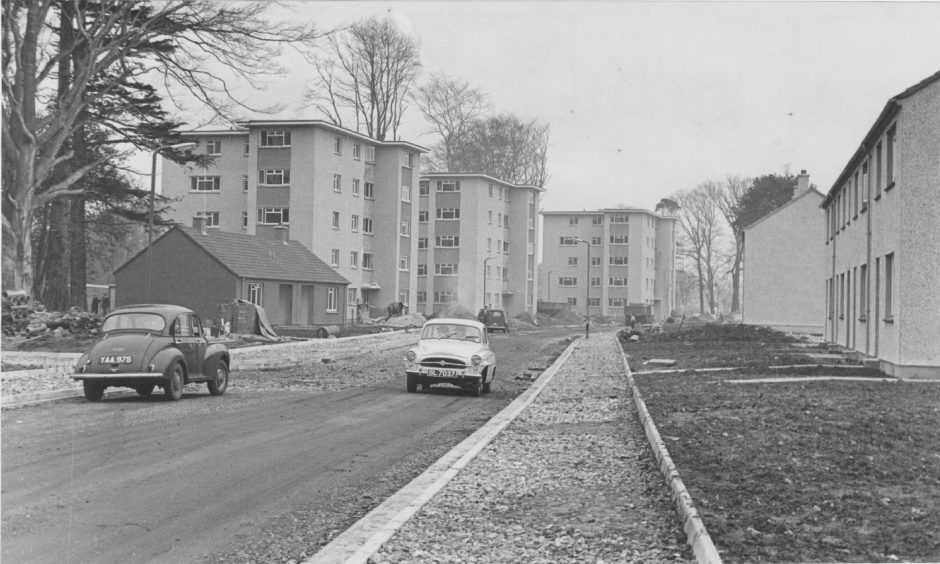
Once the site of a stately home, Raigmore Estate became a model community in the 1960s and solution to Inverness’s chronic postwar housing shortage.
The council estate was delivered 60 years ago, at a time of great change and development in Inverness.
Historic housing near the river was cleared to make way for new infrastructure, and the residents needed somewhere to stay.
The site of rundown Raigmore House, on a hill surrounded by green space and woodland was an idyllic spot to establish an entirely new community.
Clan Mackintosh established their Raigmore estate in the 1800s
Raigmore was originally a country house and estate belonging to Clan Mackintosh.
The Mackintoshes of Raigmore were highly-regarded and prominent in social and political circles in Inverness.
A philanthropist, Lachlan Mackintosh helped fundraise for the Royal Northern Infirmary and Inverness Royal Academy.
He made Raigmore his home upon returning from India in 1808, and Raigmore House was built for the family.
Thought to have been designed by Aberdeen architect Archibald Simpson, it was an attractive, sprawling stately home featuring a three-storey central house with wings at either side.
Raigmore House had an extensive estate of gardens and woodland
At this time it was a rural estate not yet enveloped by Inverness, which grew rampantly in the Victorian era.
Raigmore Estate was typical of its time; there were lodges at the bottom of Raigmore Brae, and another at the Culcabock side.
Its policies consisted of a walled garden, estate workers’ cottages, a home farm, mature woodland and an ornamental pond with water fowl.
It stretched across to Stoneyfield and included the neolithic standing stones (later moved to Raigmore housing estate in the 1970s to make way for the A9 upgrade).
When Lachlan died in 1846, the estate passed to his son Aeneas William Mackintosh at the age of 27.
Aeneas Mackintosh became MP and helped bring railway to Inverness
A young laird, Aeneas married Grace Menzies and they had six children.
He later became a Liberal MP for Inverness between 1868-1874 and was also instrumental in establishing the Highland Railway, with roles as both director and chairman.
Like his father, Aeneas was remembered for charitable and civic acts and upon his death in 1900 was described as “loveable and courteous”.
As resident landlord at Raigmore, he had “contributed very heartily to the material success of Inverness”.
When his funeral cortege travelled from Raigmore House to the High Churchyard “the streets were lined with spectators” and blinds on all the houses were drawn.
The Mackintoshes were always highly-regarded and considered very pleasant.
After Aeneas died, his son Neil took on Raigmore with his siblings.
Raigmore House fell into ruin after wartime occupation
Even into the 1960s, older tenants of the modern housing estate remembered Neil and his brother Willie as “charming gentlemen”.
But by then, Raigmore House was long gone.
Likely many stately homes, it was partly requisitioned for the war effort, and became RAF Fighter Command headquarters from 1941 to 1946.
Raigmore House then became the Royal Auxiliary Air Force HQ until 1957, although the operations bunker remained in use by the Royal Observer Corps.
The Mackintosh siblings continued to live in the house during the war, but the house effectively fell into ruin when there were no heirs.
None of Aeneas’ six children had children of their own.
Neil died aged 77 in 1944 and was remembered for driving Inverness’s tourism industry, and for always allowing the public access to the grounds of Raigmore House.
While Aeneas’ daughter Miss Mary Mackintosh, the last surviving member of the family, died at Raigmore House aged 95 in 1955.
Squatters moved into old RAF buildings at Raigmore after war
When the house was decommissioned in 1957, the once-grand seat of the Mackintoshes was neglected, left in ruins and demolished in 1965.
Even by the 1950s, there was talk of creating a housing estate on the site of the old RAF huts at Raigmore. There was a dire lack of accommodation in Inverness.
After the war, squatters took up residence in the old huts before being evicted in February 1949 by the Department of Health over concerns for public health.
In desperate scenes as attempts to find other temporary accommodation failed, the homeless set up camp in Raigmore woods huddled around campfires.
One of those sheltering under the trees was 22-year-old former Commando James McAllister, along with his wife and two children.
As his hut was torn down, he said: “I saw plenty of distress in the services, but this beats everything.”
Meanwhile Mrs A MacDonald said: “My husband was a prisoner-of-war for five years. We have five children.”
Her husband George, 34, said they’d been on the council house waiting list for nine years.
Dilapidated Raigmore Estate was solution for town’s housing problem
Meanwhile change was also afoot in Inverness town centre in the early ’60s as sweeping infrastructure improvements took place.
Many streets and housing in the river and harbour areas like Glebe Street were cleared for road improvements around the Black Bridge.
The displaced families and residents were to become the first tenants of the new Raigmore Estate.
The final plans for the £642,077 Raigmore Housing Scheme were approved at a meeting of Inverness Town Council on October 18 1963.
Tree felling had already begun to make way for the estate, comprising of 322 houses, with a view to completing it in 1965.
The housing would take the form of blocks of houses, five-storey maisonettes, bungalows and cottages.
Scotland’s first Red Cross hostel was built in Raigmore Estate
Sites were also reserved for a new school, four shops, and a groundbreaking rehabilitation centre built by the Red Cross to mark the centenary of its foundation.
It was to be Scotland’s first Red Cross hostel and work centre, designed for training disabled young people.
The centre was built exactly where Raigmore House had stood.
The facility was to be an improved version of a prototype at Largs and the idea was “to give trainees the fullest possible life, so far as their disability will allow”.
Elsewhere, the new Raigmore was very well-received.
One letter writer to the paper praised the “beautiful Raigmore Housing Scheme” – although criticised the lack of church and the number of shops.
However, a mobile gospel hall used to pitch up next to the monkey puzzle tree for services.
For those who had come from tired old housing, or nothing, the Raigmore Estate was a kind of Shangri-La.
The council houses were well-proportioned and modern.
They had front and back gardens, most were arranged around green spaces, all set in historic woodlands.
Raigmore School opened in November 1966
In 1965, Inverness Town Council spent £920 on installing a children’s play area.
It was certainly a safer alternative to playing in the abandoned wartime bunkers.
Raigmore School was formally opened by Mr DJ Macdonald, rector of Inverness Royal Academy, the following year on November 9 1966.
The first headmaster was William Wetherspoon, who was in charge of a staff of nine teachers and visiting specialists in art, music, PE and Gaelic.
The opening roll was 318 pupils and they wore a uniform of dark brown with a tie, also in brown, blue and gold.
Raigmore School badge was designed by the principal teacher of art at Millburn Academy, Walter Cumming.
It depicted a gold shield with a tree to represent Raigmore Wood, and a crown to recognise the area’s association with King Duncan.
‘Beautiful flats they were’
There was a true sense of community at Raigmore, it was a safe place for children to grow up and many of the original tenants lived out the rest of their lives there.
In an interview recorded at a Raigmore local history class, one of the estate’s first residents shared their thoughts about the new council housing.
She said: “It’s quite something to think of what is now Raigmore Estate being basically somebody’s garden – the grounds of Raigmore House.
“I was in 115 Mackintosh Road. You have to remember, folk were harder up in those days.
“They had to attend to their own affairs more. There was no such thing as rent rebates – folk were really hard pushed.”
But the price was worth paying.
She added: “The flats were lovely. Beautiful flats they were, and of course you had this magnificent view.
“It was all mod cons up here.”
These days, some of the newer residents may not know of the stately home and the philanthropic family that once called Raigmore House home.
Although that Mackintosh family line died out, their name lives on in the estate’s street names like Mackintosh Road.
If you enjoyed this, you might like:
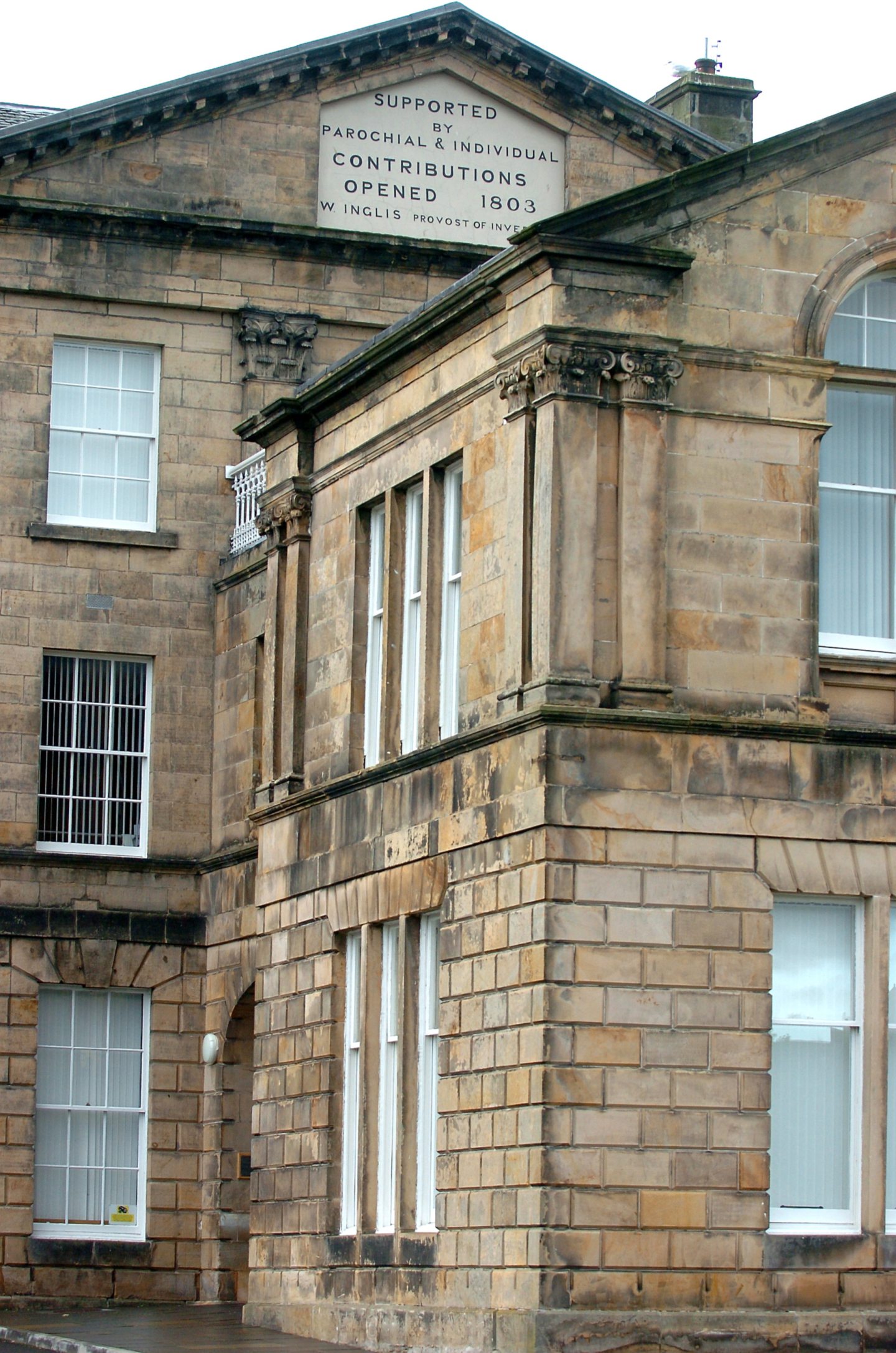
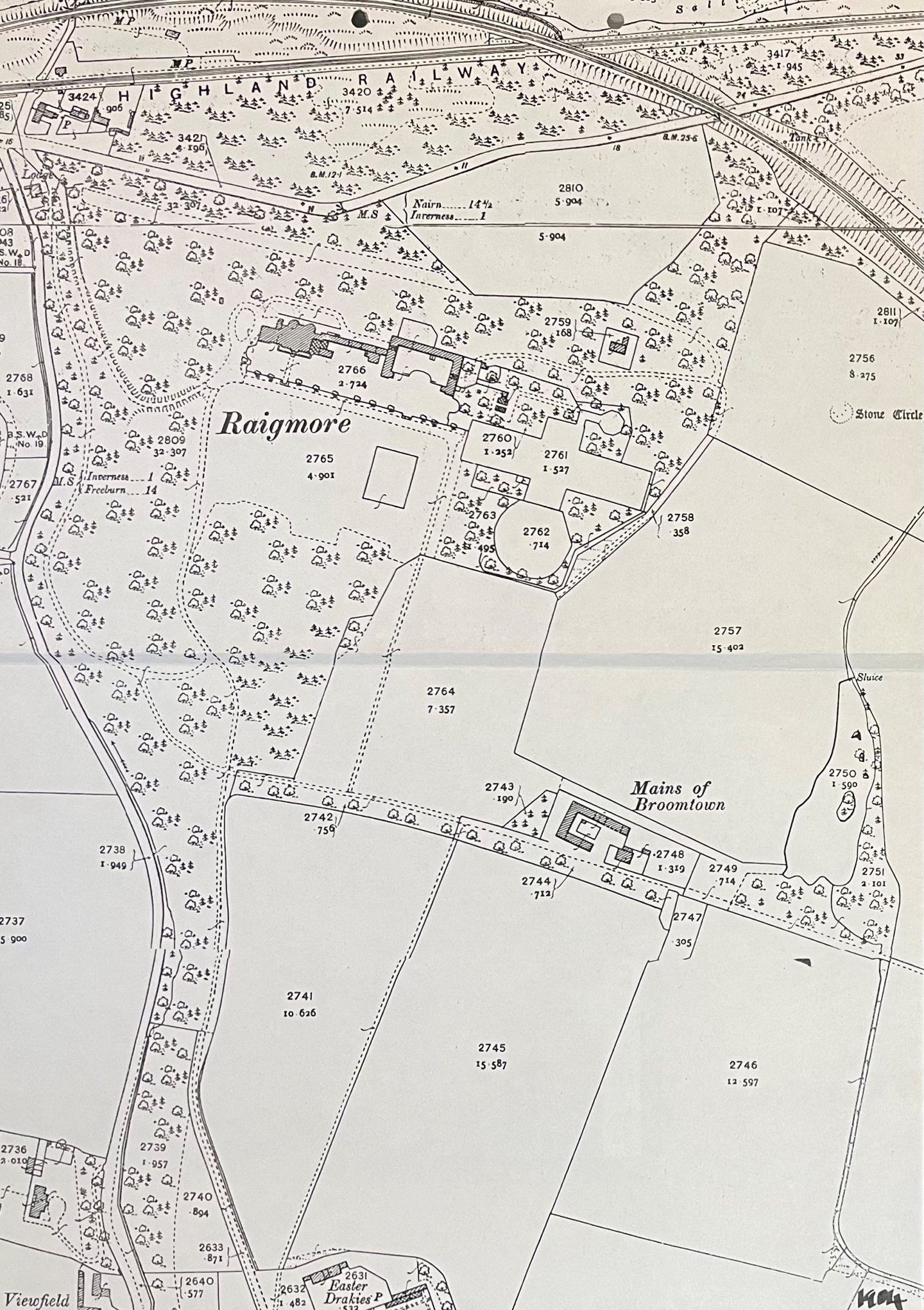
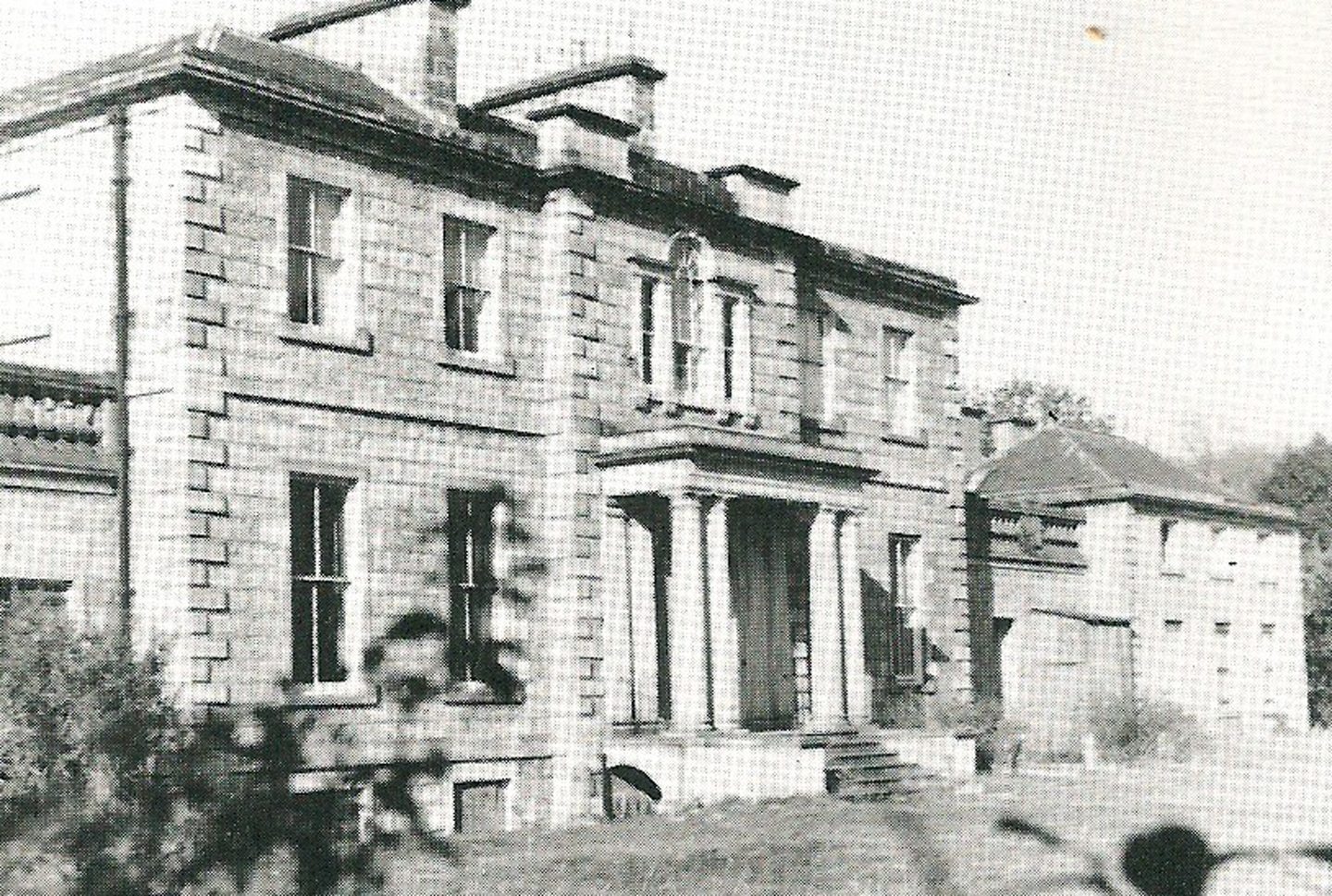
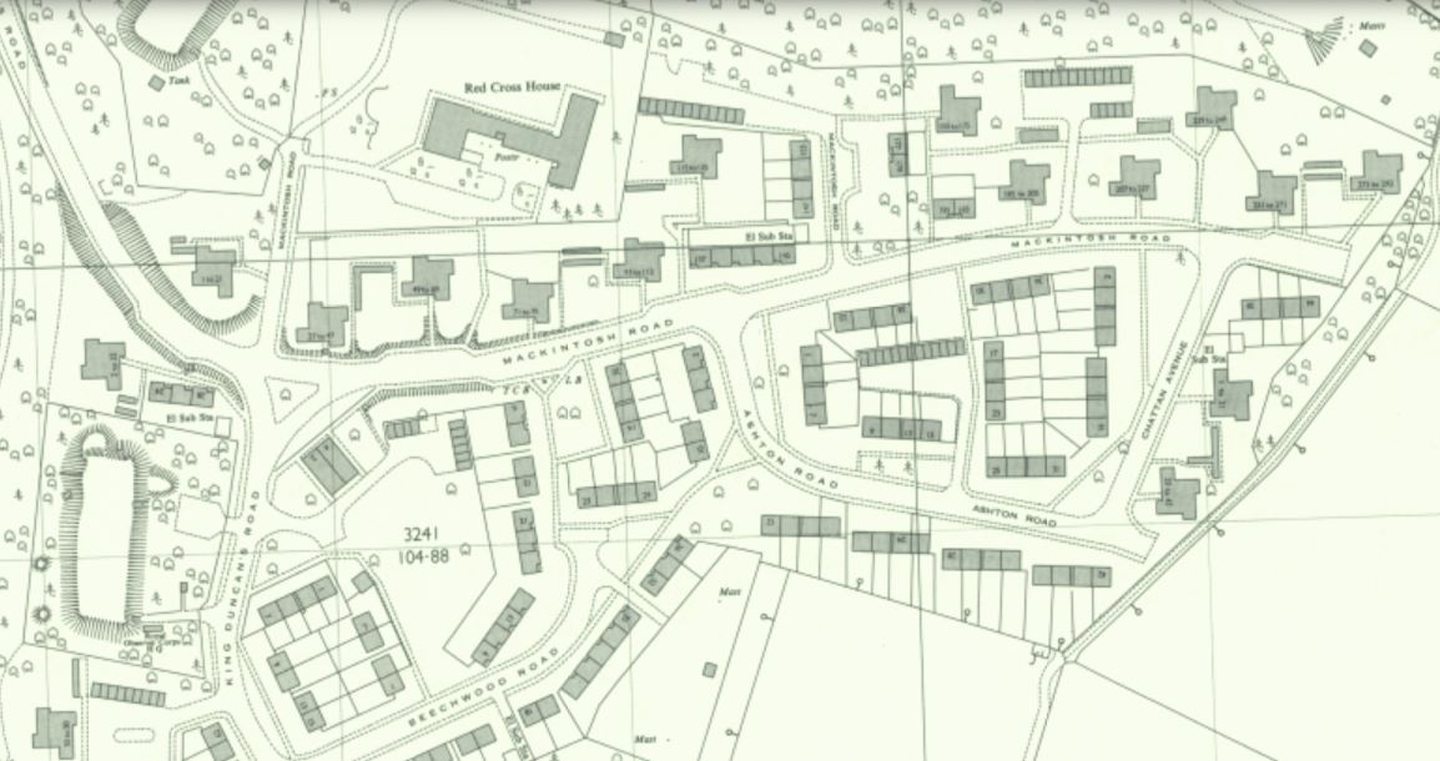
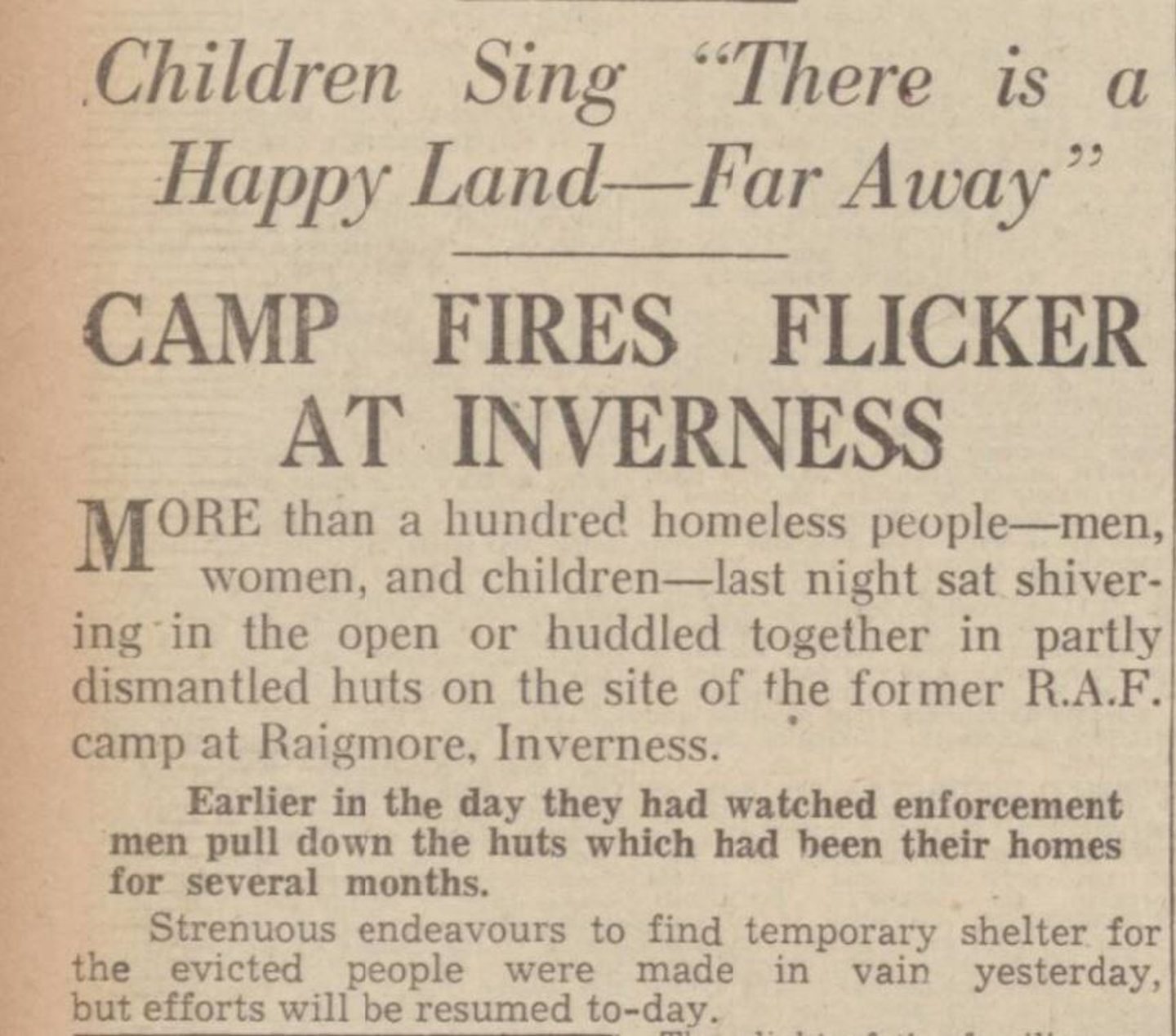
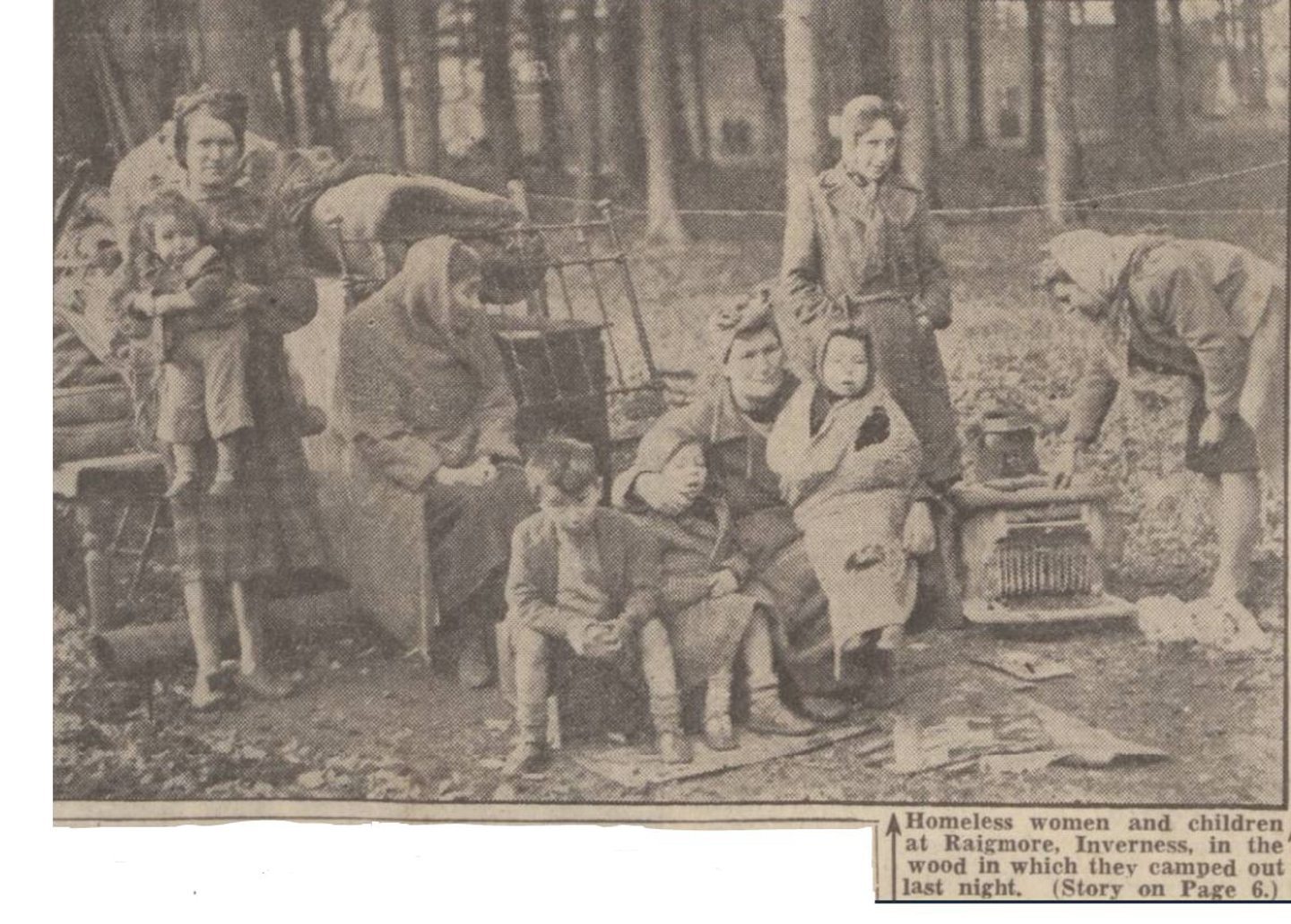
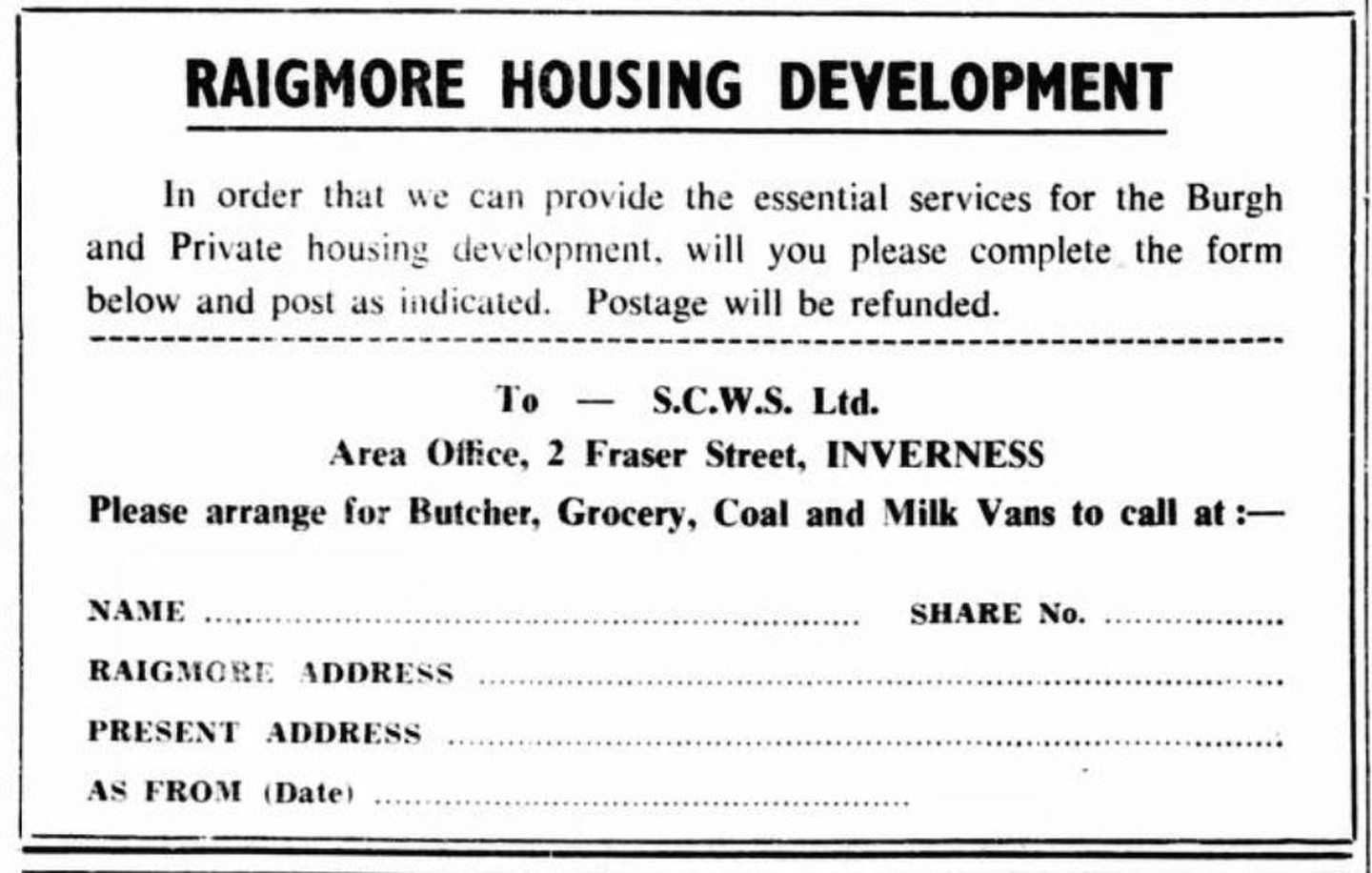
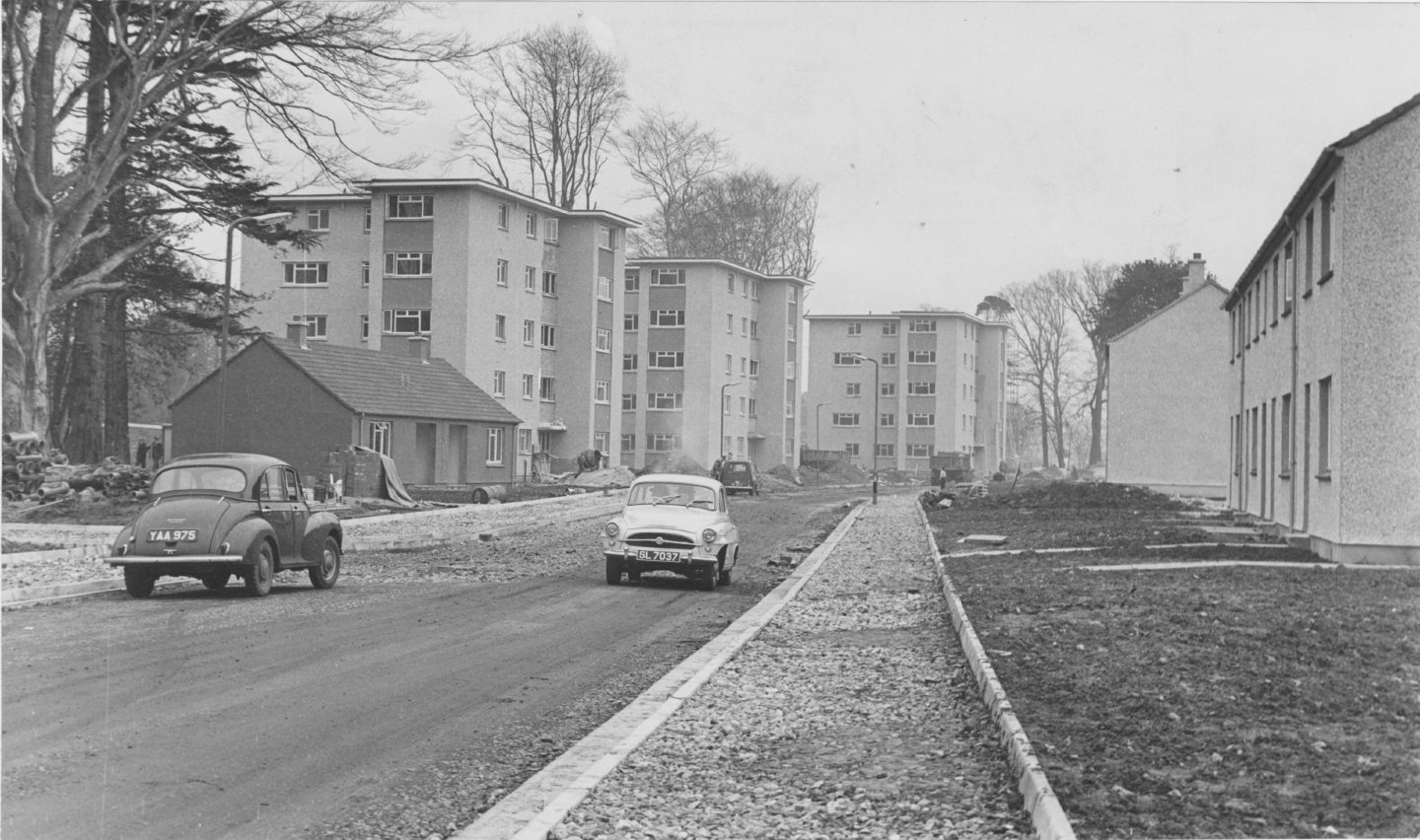
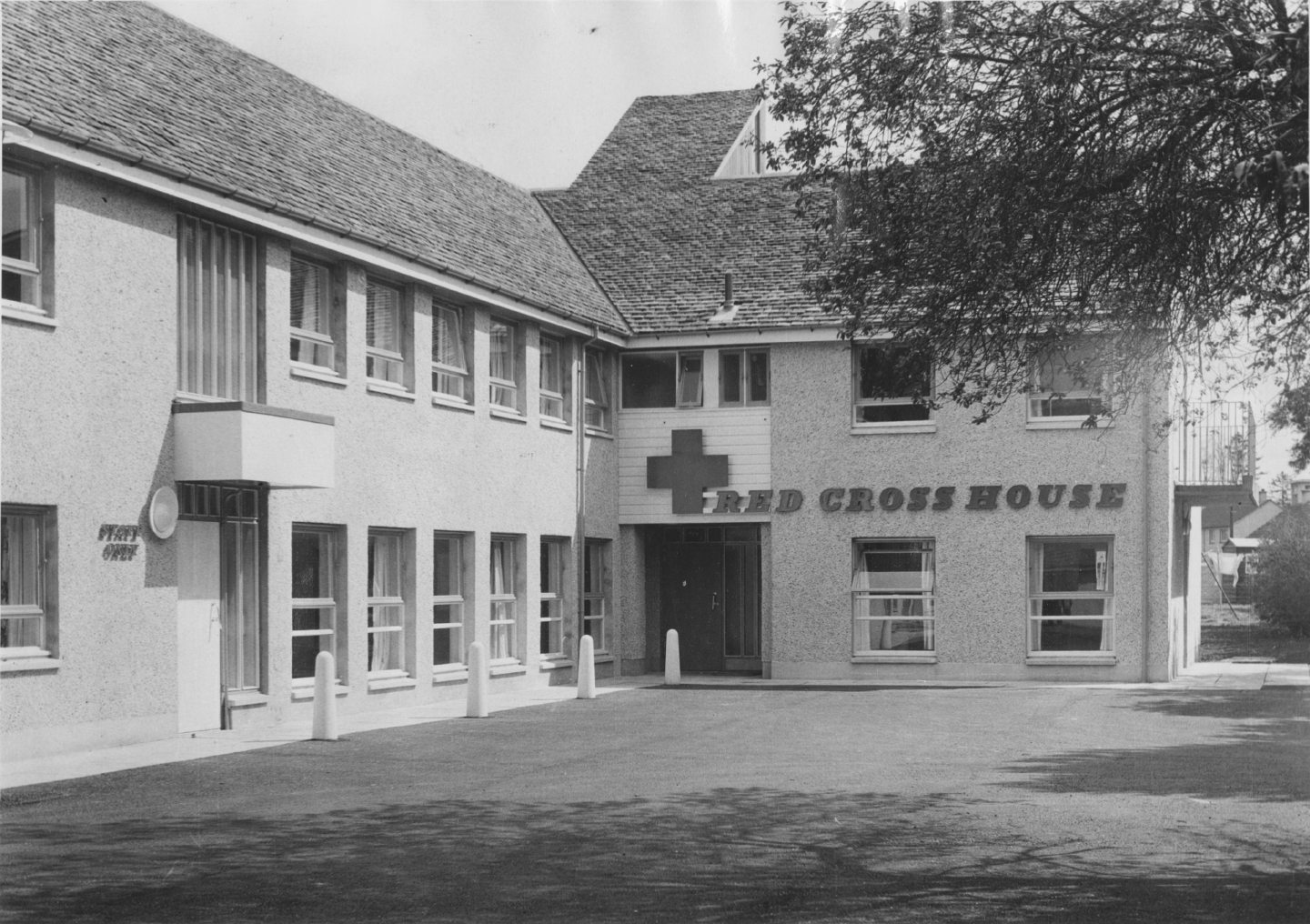

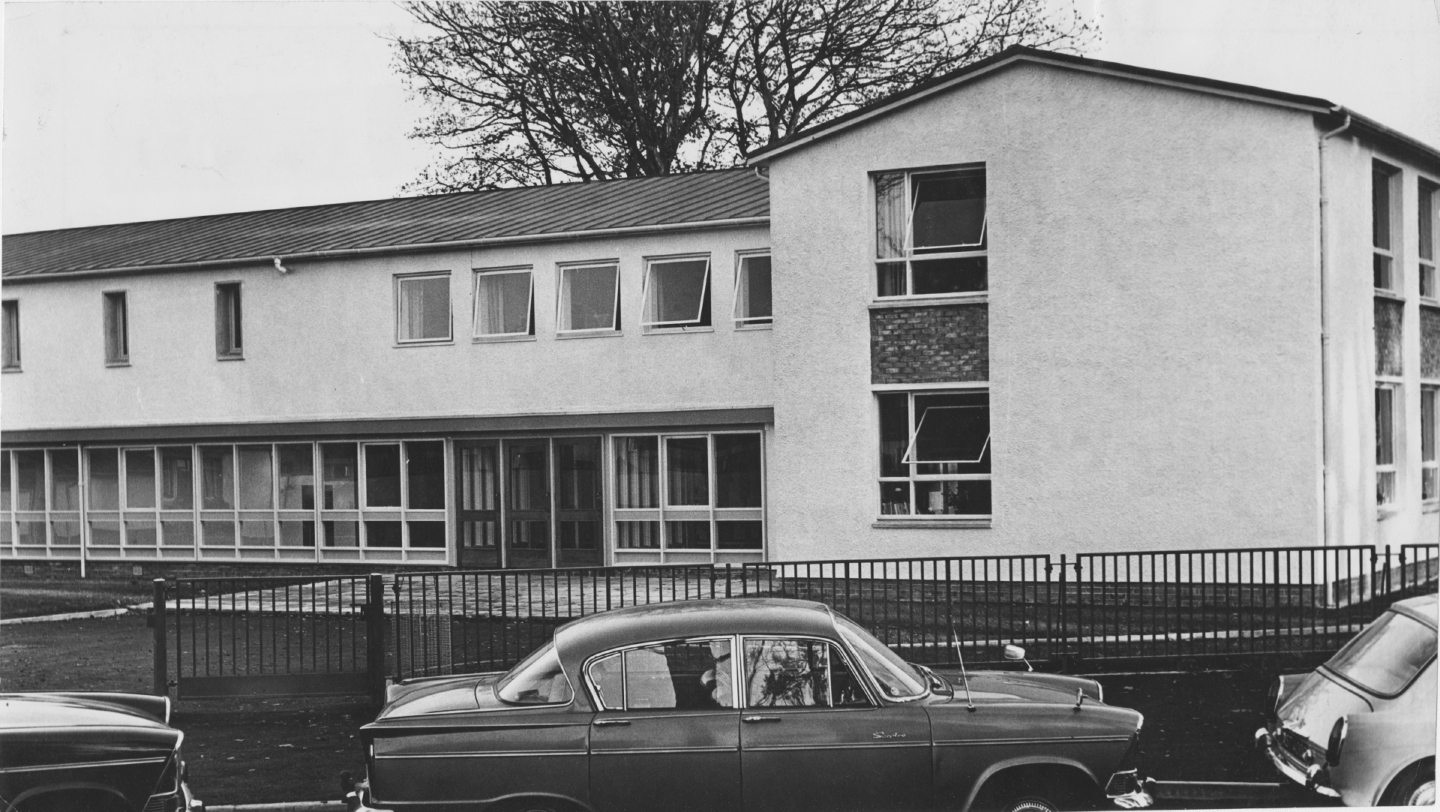
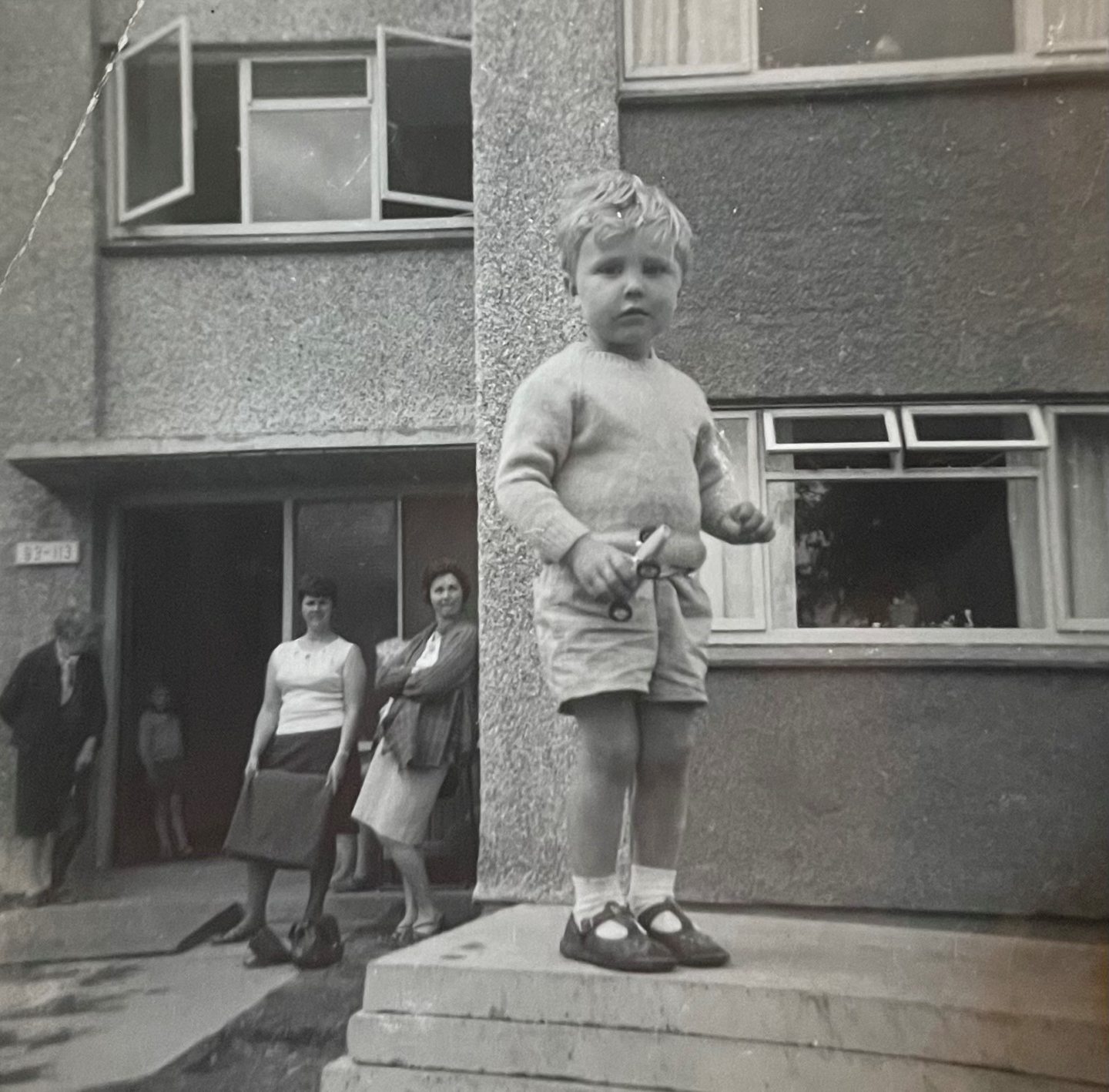
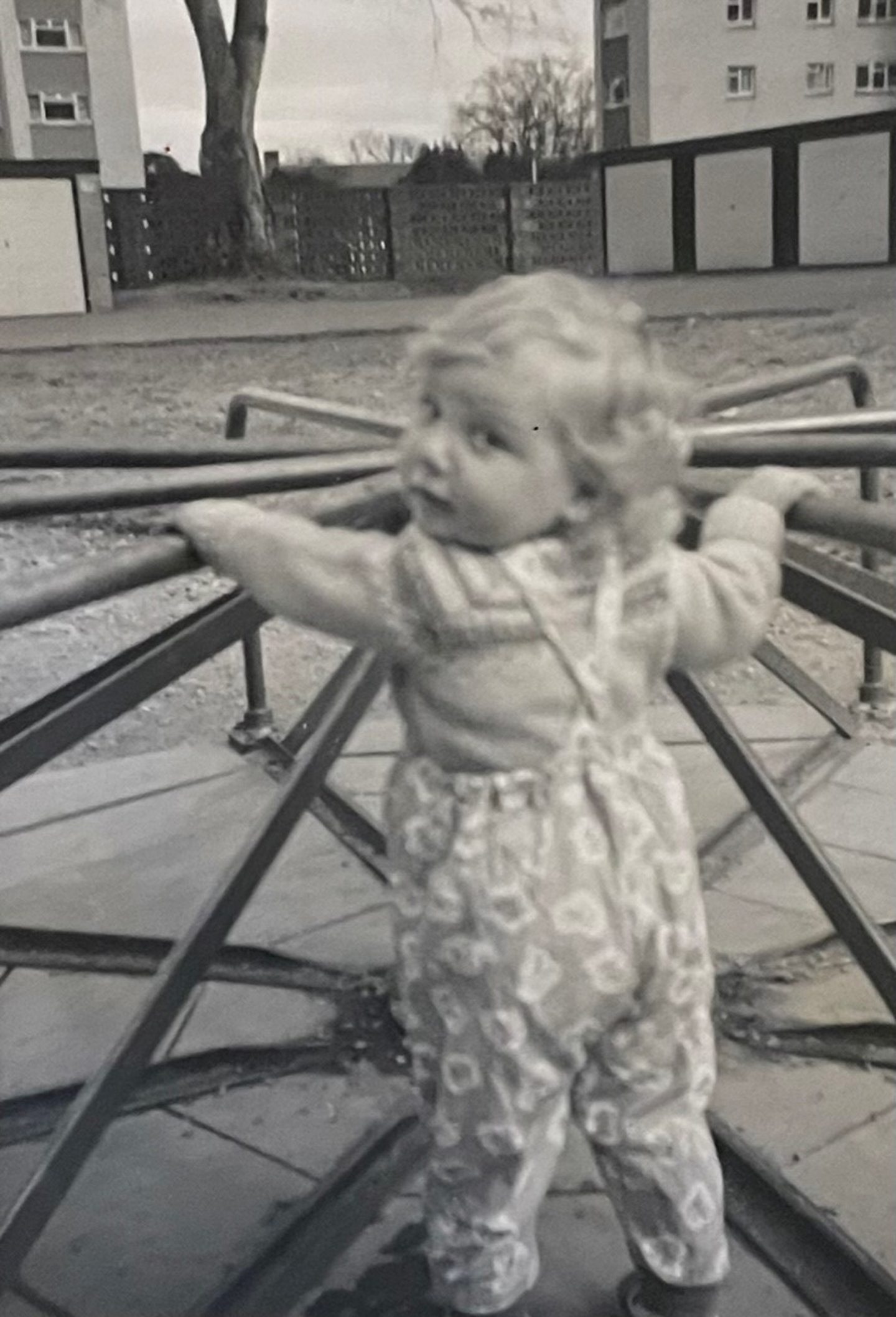
Conversation